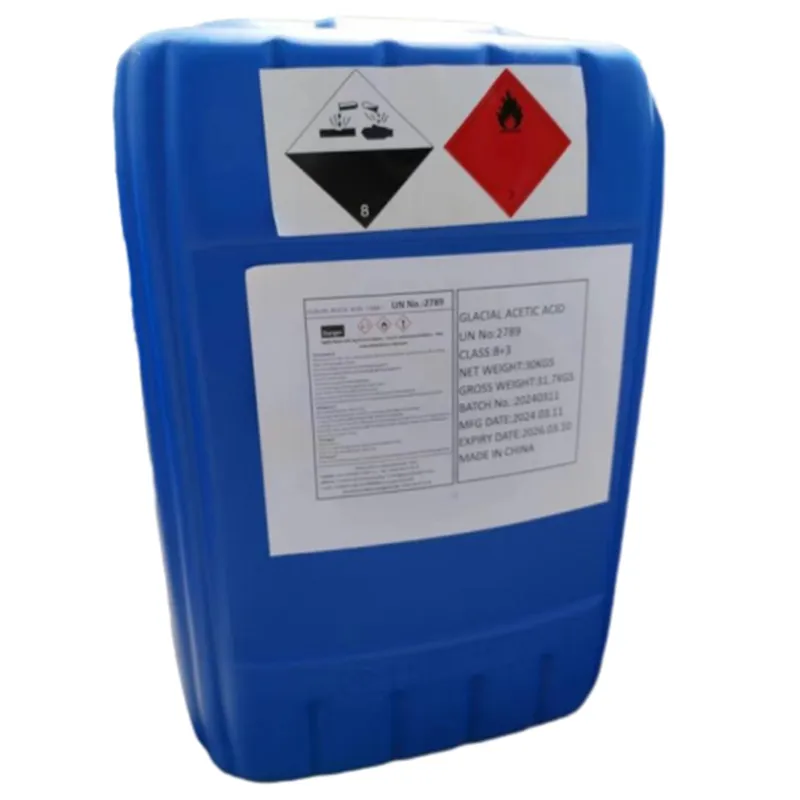
Exploring the Role of Preservatives in Frozen Food Shelf Life and Quality
The Importance of Preservatives in Frozen Foods
Frozen food has become an integral part of our modern diet, providing convenience, variety, and nutritive value. However, the preservation of these foods plays a crucial role in their longevity, texture, and taste. Understanding the role of preservatives in frozen foods is essential for consumers who wish to make informed choices about their dietary habits.
The Role of Freezing
Freezing is one of the oldest and most effective methods for preserving food. By lowering the temperature of food to 0°F (-18°C) or below, the growth of bacteria, yeasts, and molds is halted, thus extending the shelf life of perishable items. However, while freezing slows down spoilage, it does not eliminate it entirely. This is where preservatives come into the picture.
Types of Preservatives Used in Frozen Foods
Preservatives can be classified into two main categories natural and synthetic. Both types serve the primary purpose of extending shelf life and maintaining food quality, but they do so through different mechanisms.
1. Natural Preservatives These include substances derived from plants and animals. Common natural preservatives in frozen foods include salt, sugar, vinegar, and citrus juices. They work by lowering the pH level of food items or creating an environment that is inhospitable for microbial growth. For instance, sugar acts as a preservative by drawing moisture out of food, which helps inhibit bacterial growth.
2. Synthetic Preservatives These are man-made chemicals that are added to foods to prolong shelf life. Common examples include sodium bisulfite, potassium sorbate, and sodium nitrite. While effective, several synthetic preservatives have been scrutinized for potential health risks. This has led to increased consumer demand for foods free from artificial additives, prompting manufacturers to explore alternatives.
frozen food preservatives

The Impact of Preservatives on Nutrition and Flavor
One of the primary concerns regarding the use of preservatives is their potential impact on the nutritional quality and flavor of frozen foods. Some preservatives can lead to a loss of vitamins and minerals, particularly when food is processed at high temperatures. However, freezing itself is a nutrient-preserving method, which helps in retaining the vitamins and minerals of fruits and vegetables.
In terms of flavor, preservatives can sometimes alter the taste profile of frozen foods. Consumers may notice differences in flavor when comparing fresh produce to its frozen counterpart, often due to the use of additives. Therefore, it is essential for consumers to read labels and understand what they are putting into their bodies.
Consumer Awareness and Label Reading
As awareness of food additives continues to grow, consumers are becoming more vigilant about what they consume. Understanding food labels is crucial for making informed choices. The ingredient list will often indicate whether preservatives are used, their types, and their concentrations. Consumers are encouraged to look for frozen foods with fewer and more recognizable ingredients, ideally those that use natural preservatives or none at all.
Conclusion
Frozen foods offer unparalleled convenience and variety, making them a staple in many households. However, the use of preservatives—both natural and synthetic—is vital in maintaining their quality, flavor, and safety. As consumers, it is essential to be informed about the types of preservatives in our food and their effects on health. By making educated choices, we can enjoy the benefits of frozen foods while minimizing potential risks associated with food preservatives.
-
Understanding Synthetic Rubber OptionsNewsApr.27,2025
-
Trichloroisocyanuric Acid: Essential for Clean and Safe WaterNewsApr.27,2025
-
Sodium Dichloroisocyanurate: Key to Safe Water TreatmentNewsApr.27,2025
-
Sodium Acid Pyrophosphate: Essential in Modern Food ProcessingNewsApr.27,2025
-
Essential Water Treatment ChemicalsNewsApr.27,2025
-
Denatured Alcohol and Its Industrial UsesNewsApr.27,2025
-
The Versatile Uses of Sodium BicarbonateNewsApr.24,2025
Hebei Tenger Chemical Technology Co., Ltd. focuses on the chemical industry and is committed to the export service of chemical raw materials.
-

view more DiethanolisopropanolamineIn the ever-growing field of chemical solutions, diethanolisopropanolamine (DEIPA) stands out as a versatile and important compound. Due to its unique chemical structure and properties, DEIPA is of interest to various industries including construction, personal care, and agriculture. -

view more TriisopropanolamineTriisopropanolamine (TIPA) alkanol amine substance, is a kind of alcohol amine compound with amino and alcohol hydroxyl, and because of its molecules contains both amino and hydroxyl. -

view more Tetramethyl Thiuram DisulfideTetramethyl thiuram disulfide, also known as TMTD, is a white to light-yellow powder with a distinct sulfur-like odor. It is soluble in organic solvents such as benzene, acetone, and ethyl acetate, making it highly versatile for use in different formulations. TMTD is known for its excellent vulcanization acceleration properties, which makes it a key ingredient in the production of rubber products. Additionally, it acts as an effective fungicide and bactericide, making it valuable in agricultural applications. Its high purity and stability ensure consistent performance, making it a preferred choice for manufacturers across various industries.











